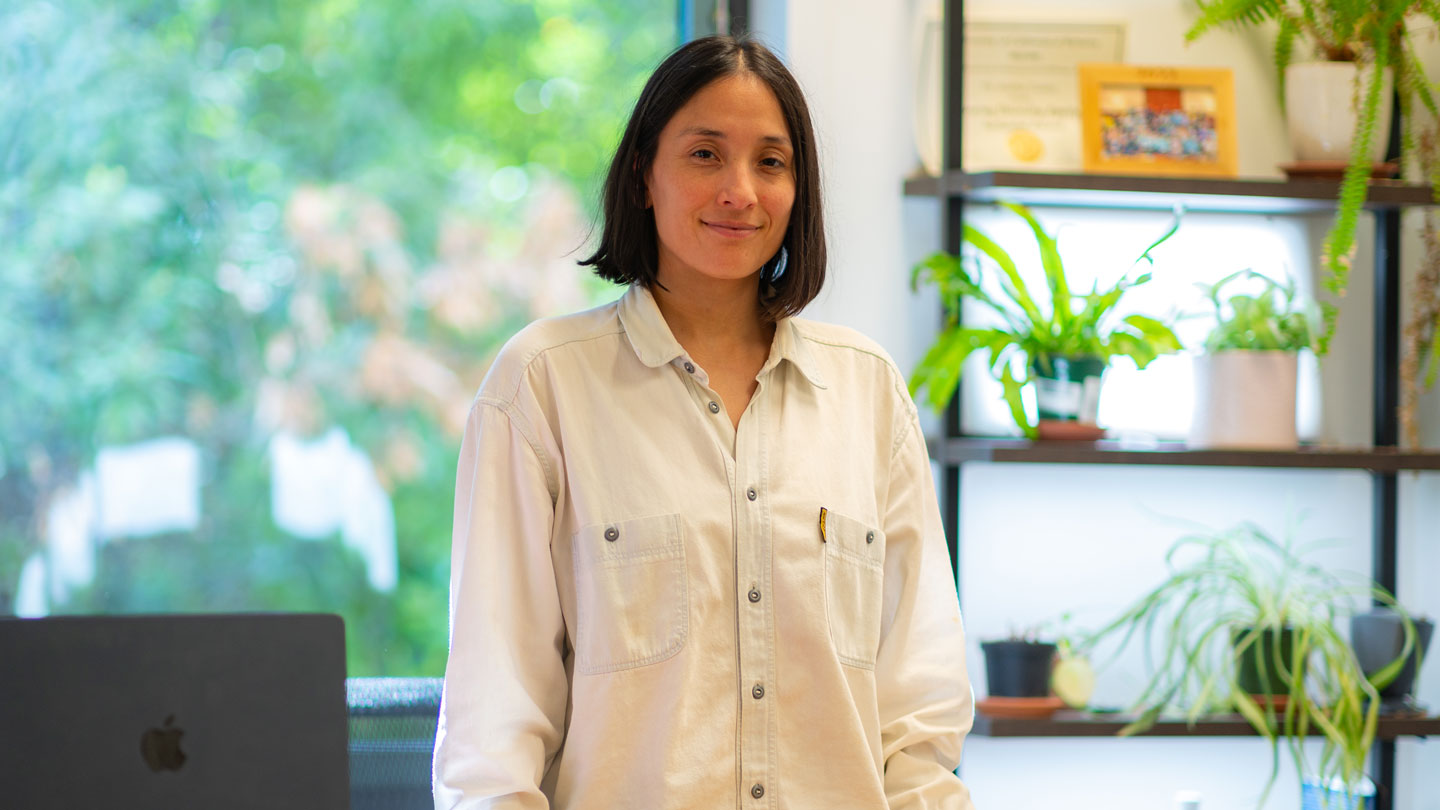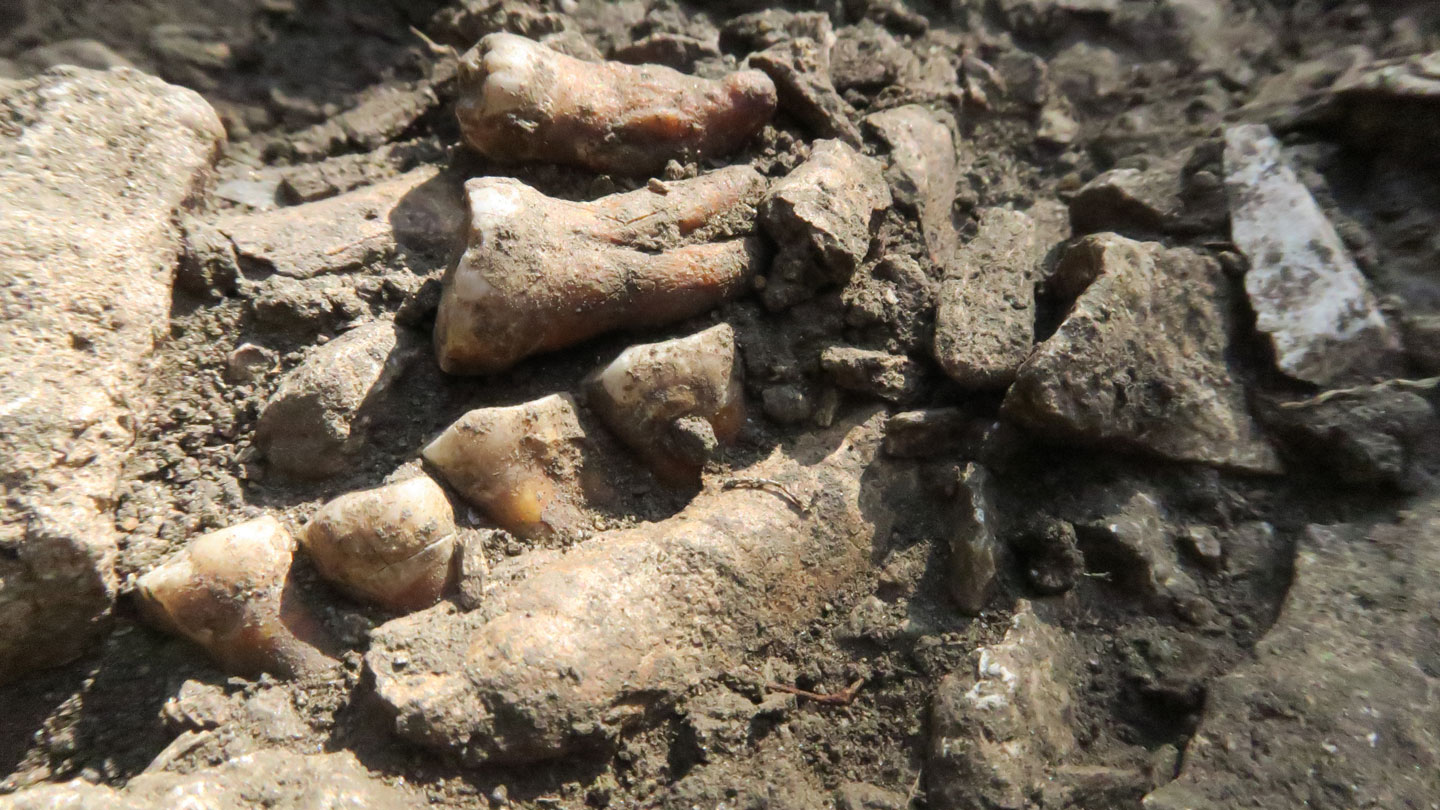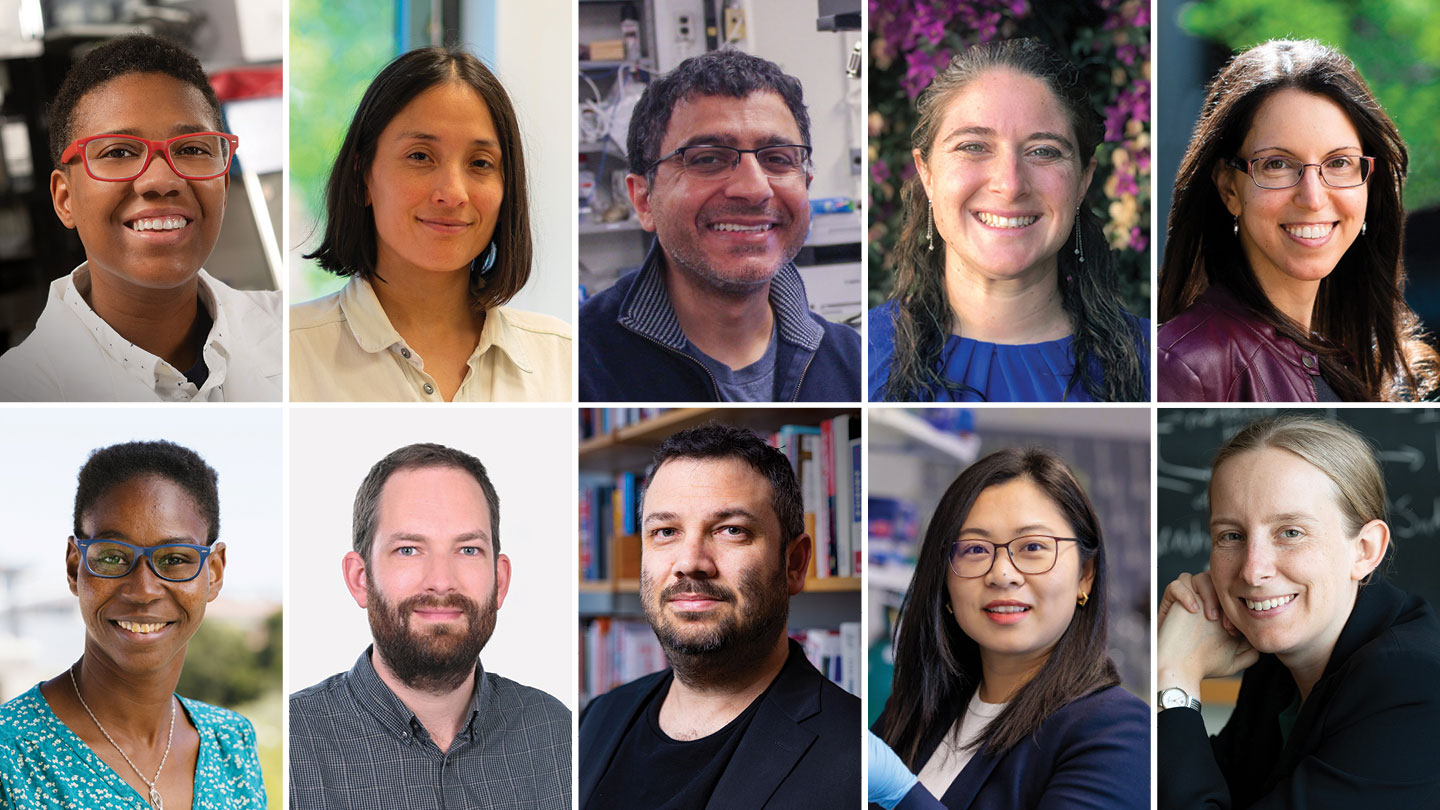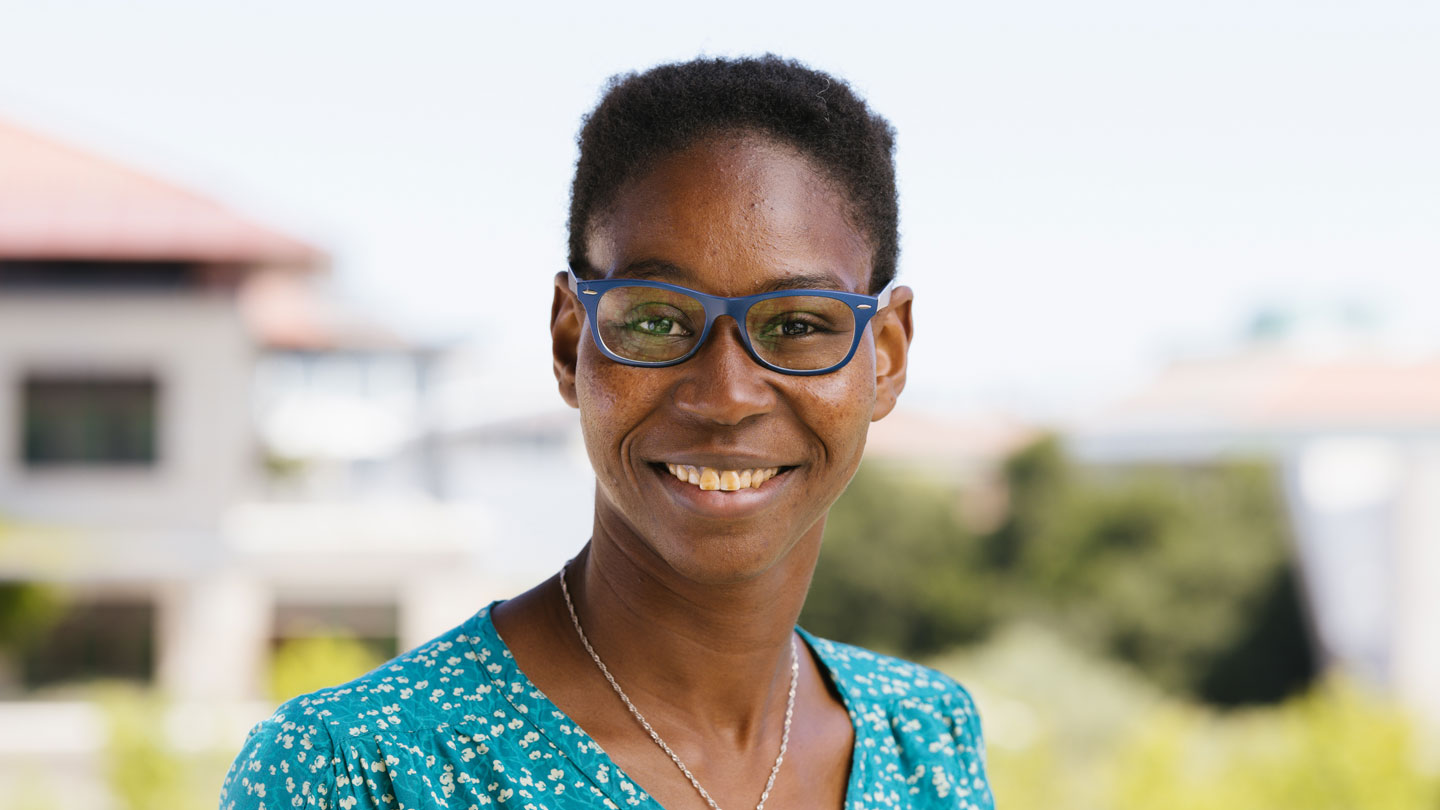Extreme Climate Survey
Science News is collecting reader questions about how to navigate our planet’s changing climate.
What do you want to know about extreme heat and how it can lead to extreme weather events?
Gomez’s inquiries span from the tiny — for instance, minuscule conduits called synapses that sprout between nerve cells — to big shifts in behavior. This wide-ranging curiosity is one of her hallmarks as a scientist, says Peter Scheiffele, a neurobiologist at the University of Basel in Switzerland and her former postdoc adviser.
He remembers when Gomez, who had been studying the brain, became fascinated by the gut. She began experimenting with the idea that molecular instructions could help pattern the gut the same way they pattern the brain, but the work was stopped by COVID-19.
“I don’t see this as a story of a lack of success,” Scheiffele says. “I see it as the opposite — a story of genuine enthusiasm, motivation and, at some points, a certain randomness, but a creative randomness.” It’s a story of saying, “Hey, this is cool. I really want to poke at this and see if there is something exciting going on,’” Scheiffele says. “That to me is symbolic of how she often goes about science.”
Scheiffele says some scientists are linear thinkers who stick to a rigid plan. Gomez is more “blue sky, go out there and challenge yourself, challenge a problem,” he adds. She goes with optimism and says, “Let’s see.”

That “let’s see” energy has taken Gomez through plenty of big changes in her research directions. As an undergraduate at Colorado State University in Fort Collins, she studied crustacean molting, among other things. Then, as a graduate student at New York University, she ultimately shifted to brains, studying the plasticity of nerve cell connections.
While working in Scheiffele’s group as a postdoc, she and her colleagues made a surprising discovery about how certain synapses are built.
The discovery hinged on a process known as “splicing.” Cellular machinery doesn’t just copy information continuously and faithfully from DNA. These messages can get cut and recombined, or spliced, to form new versions of proteins. These spliced messages are “opportunities for something to be different,” Gomez says.
It turns out that, in the brains of mice at least, a version of a protein that results from a splicing event dramatically affects synapses of certain nerve cells. When that version of the protein was missing, these synapses weren’t as responsive as they should be, and mice flipped from being curious about new objects to avoiding them, the researchers reported in 2016 in Science.
The results “made us and many people in the field begin to think very differently about what splicing in the nervous system does,” says Scheiffele, a coauthor of the work. “It’s not some kind of fine-tuning tweaking. It can be a fundamental switch.”
These days, Gomez has a new focus. Instead of looking at how internal proteins enable change, she’s begun a project on an intriguing external way to shift the brain — psychedelic drugs.
Psychedelics are thought to open windows of plasticity in the brain in ways that scientists don’t fully understand. One way this flexibility may emerge is through splicing, Gomez suspects. A single dose of psilocybin led to thousands of splicing events in mice’s brains that didn’t happen without the drug, Gomez and her colleagues have found in preliminary research. “This, to me, is such a rich repertoire to discover new mechanisms of plasticity,” she says, “and that’s really my goal.”
Psychedelic drugs’ effects on the brain are still, by and large, a mystery, says Gordon Fishell, a developmental neurobiologist at Harvard Medical School and the Broad Institute. “Anything that so profoundly affects your sense of self, being, identity, consciousness is fundamental to how we think of how the brain functions,” he says.
Other post-psychedelic changes abound: There are changes in gene activity and reduction of rigid structures around nerve cells that have been implicated in memory storage, called perineuronal nets (SN: 10/20/15). Some of the biggest changes happen in nerve cell activity in a part of the brain that handles perception.
Gomez is from Las Cruces, N.M., and is a member of the Laguna Pueblo tribe. “I heard about psychedelics before I started working on it, from Indigenous perspectives, all the way back to high school.” Soon after she arrived at Berkeley and began setting up her new lab, a new colleague floated the idea of teaming up to study how psychedelics make the brain more flexible — another instance of Gomez being open to change, and saying, “Let’s see.”
*
Source link





No comments! Be the first commenter?